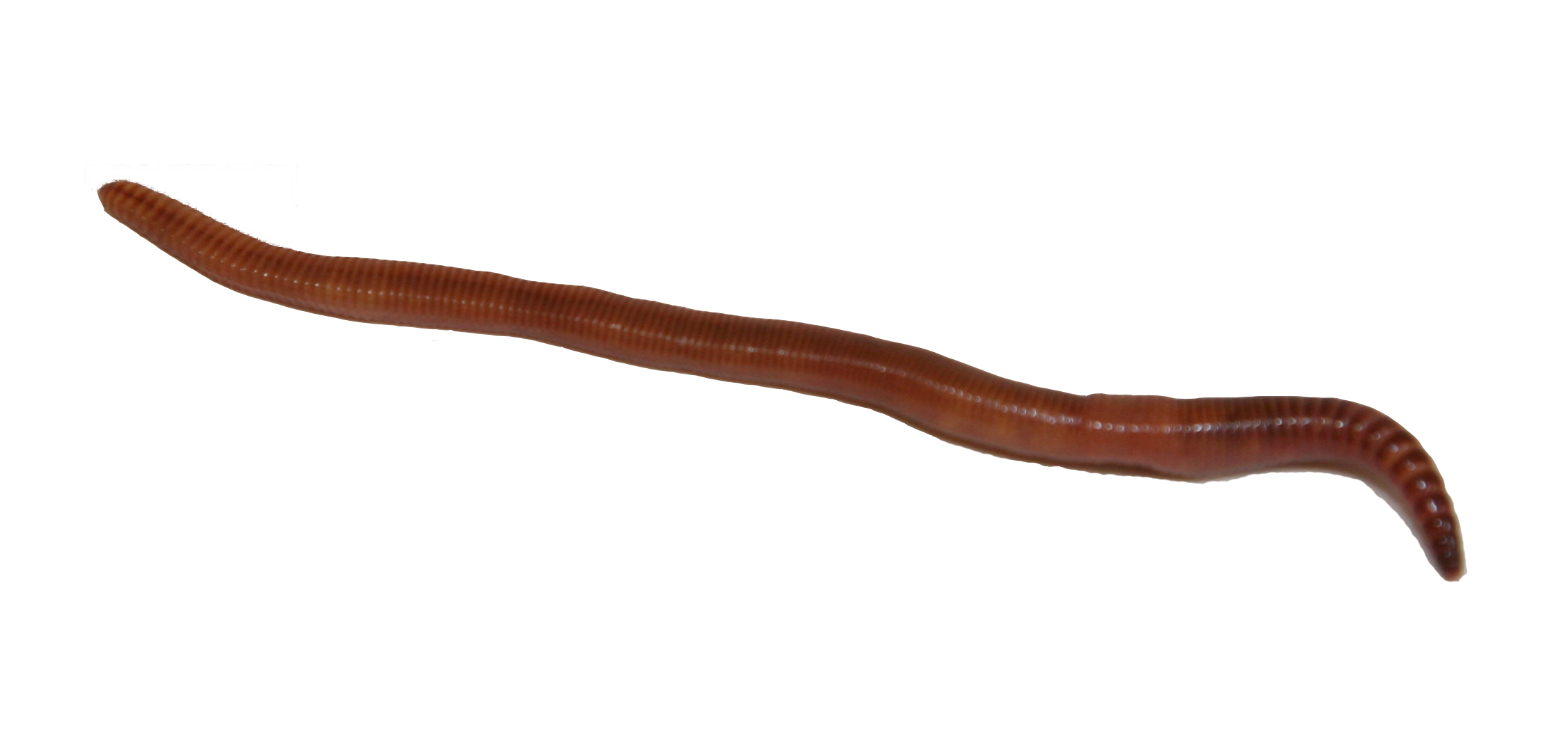Best red worms: Care tips for beginners
Wiki Article
Why Red Wigglers Are the Best Choice for Your Composting Requirements
Red wigglers have emerged as a remarkable choice for composting because of their exceptional capacity to effectively disintegrate raw material while producing top notch worm castings. Their versatility to numerous environments allows for versatile applications, making them ideal for both city and rural composting arrangements. The nutrient account of their spreadings substantially benefits soil health and wellness, advertising lasting gardening techniques. The journey to effective vermicomposting involves even more than merely acquiring these worms, and comprehending the ideal problems and misconceptions bordering them is vital for optimizing their possibility.Benefits of Red Wigglers

Red wigglers flourish in a range of problems, making them versatile to different composting configurations, from small containers to bigger systems. They master vermicomposting, where their task produces a high-quality output recognized as worm castings, rich in useful bacteria and nutrients vital for plant growth. This all-natural plant food promotes soil health and wellness, enhances dampness retention, and improves plant strength against parasites and illness.
Additionally, utilizing red wigglers can considerably reduce methane discharges related to landfill waste, adding to environmental sustainability. Their convenience of treatment and minimal maintenance requirements make them suitable for both newbie and knowledgeable composters. Eventually, integrating red wigglers right into your composting approach not only promotes efficient waste administration yet likewise boosts the quality of your garden compost.
Ideal Composting Problems
Producing ideal composting conditions is vital for optimizing the effectiveness of red wigglers in breaking down natural issue. These worms prosper in a controlled atmosphere that mimics their natural environment, which largely contains wet, dark, and well-aerated rooms. To achieve this, maintaining a temperature level variety of 55 ° F to 77 ° F is critical, as extreme temperatures can prevent their task or also cause mortality.(red wiggler worms for sale near me)Moisture degrees should also be carefully kept track of; red wigglers need a damp atmosphere, ideally around 70% dampness content. Way too much dampness can lead to anaerobic problems, while insufficient dampness can cause dehydration. In addition, a balanced carbon-to-nitrogen ratio, ideally around 25:1 to 30:1, supports optimal digestion and nutrient biking.
In addition, the composting tool must be maintained loosened and aerated, permitting appropriate air flow. This not just profits the worms however likewise help in the breakdown of organic materials. By guaranteeing these suitable problems, composters can create a growing community that improves the effectiveness of red wigglers, ultimately resulting in rich, nutrient-dense garden compost.
Exactly How to Beginning Vermicomposting
Starting vermicomposting is a straightforward process that can yield significant advantages for both your garden and the setting. To start, select an appropriate container, such as a plastic container or a wood box, guaranteeing it has air flow holes for air movement. A size of roughly 15 to 20 gallons is excellent for small operations.Following, prepare the bedding product, which must be a combination of shredded paper, cardboard, and coconut coir. This bedding offers a comfortable environment for the worms while maintaining wetness. Objective for a bed linen deepness of around 4 to 6 inches.
As soon as the bed linen prepares, present red wigglers right into the container. A populace of about 1,000 worms suffices for refining kitchen scraps effectively. After adding the worms, include a well balanced mix of eco-friendly materials, such as vegetables and fruit scraps, along with brownish materials, like dried leaves.

Nutrient-Rich Spreadings
(red wigglers eisenia fetida)The red wigglers in your vermicomposting system play a vital role in generating nutrient-rich spreadings, a very popular organic plant food. These spreadings, commonly referred eisenia fetida worms for sale to as worm humus, are the result of the worms absorbing natural matter and eliminating it in a kind that is incredibly advantageous for plants.Rich in important nutrients such as nitrogen, phosphorus, and potassium, worm spreadings offer a well balanced source of fertility that boosts dirt structure and promotes healthy and balanced plant development. Furthermore, they contain advantageous microorganisms that additionally boost soil health, helping in nutrient absorption and illness resistance.
The slow-release nature of worm castings makes sure that nutrients are available to plants over an extensive period, reducing the danger of nutrient leaching and thus adding to sustainable gardening methods. Unlike synthetic plant foods, which can cause dirt degradation in time, worm spreadings improve the soil's physical, chemical, and biological properties.
As an outcome, including red wigglers right into your composting efforts not only reduces waste however also creates a costs organic modification that significantly profits gardens, landscapes, and potted plants alike. - red wigglers
Usual False Impressions Concerning Worms
While lots of people identify the benefits of using worms in composting, a number of false impressions linger regarding their biology and behavior. One usual misconception is that all worms are just as efficient for composting, when in truth, only specific types, like red wigglers, thrive in natural waste atmospheres. These worms are particularly adapted to composting, making them ideal for this purpose.One more misunderstanding is that worms are breakable and need overly details conditions to endure. In truth, red wigglers are quite resistant, able to endure a variety of temperatures and moisture levels, provided they are maintained within an appropriate range.
Additionally, some think that worms eat all types of food waste indiscriminately. Red wigglers favor particular organic materials, such as fruit and vegetable scraps, and can have a hard time with meat, milk, and oily foods, which can create smells and attract bugs.
Final Thought
In verdict, red wigglers represent an optimal choice for composting due to their rapid decomposition abilities and adaptability to various environments. Understanding the excellent conditions for vermicomposting and addressing typical false impressions about these worms further solidifies their function in effective waste monitoring.Report this wiki page